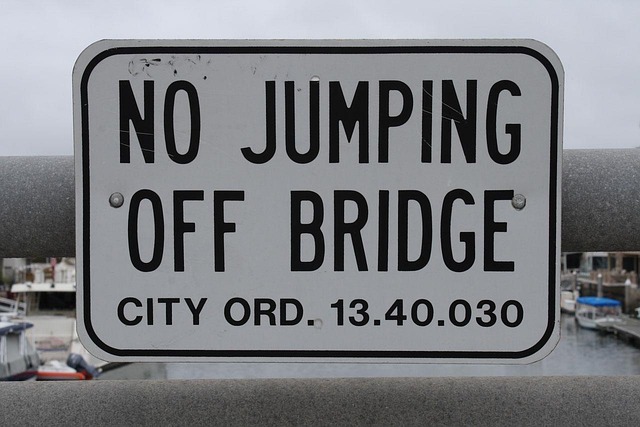In the transportation sector, background checks are crucial for passenger safety and transportation industry compliance. Comprehensive driver background screening, including criminal records, driving history, drug testing, education, and training, helps identify unqualified or dangerous drivers. Commercial driver verification also involves assessing vehicle conditions and mechanics to maintain roadworthiness. These transportation safety checks minimize risks, enhance efficiency, foster public trust, and ensure only qualified drivers operate commercial vehicles, ultimately reducing accidents.
In today’s world, ensuring safe and responsible driving is paramount, especially within the transportation industry. Screening plays a pivotal role in preventing unqualified or dangerous drivers from operating commercial vehicles. This article delves into the crucial aspect of driver background screening, exploring its significance, comprehensive processes like commercial driver verification, and vital safety checks for passenger and goods protection. We also dissect legal obligations in compliance with the transportation industry and effective vehicle operator screening methods.
- Understanding the Importance of Driver Background Screening
- Commercial Driver Verification: A Comprehensive Process
- Transportation Safety Checks: Protecting Passengers and Goods
- Compliance in the Transportation Industry: Legal Obligations
- Effective Vehicle Operator Screening Methods
Understanding the Importance of Driver Background Screening

In the transportation industry, ensuring passenger safety is paramount. One of the most effective ways to achieve this is through comprehensive driver background screening. These checks serve as a crucial defense mechanism against hiring unqualified or potentially dangerous drivers. By verifying an applicant’s history, including their driving record, employment verification, and criminal background, companies can make informed decisions and maintain compliance with transportation safety regulations.
Driver background screening plays a pivotal role in upholding the integrity of the entire industry. It helps to prevent individuals with poor driving habits, outstanding warrants, or a history of substance abuse from operating commercial vehicles. These thorough checks are not just about identifying red flags; they also help to uncover qualified candidates who may have been overlooked due to incomplete applications. Thus, promoting both passenger safety and transportation industry compliance.
Commercial Driver Verification: A Comprehensive Process

Commercial Driver Verification is a meticulous process designed to ensure that only qualified and safe individuals operate commercial vehicles. This involves a multi-faceted approach, including thorough background checks in transportation to verify the driver’s history, integrity, and suitability for the role. Beyond basic identity and employment verification, this process delves into crucial aspects such as criminal records, driving history, drug testing, and even education or training credentials. By conducting comprehensive commercial driver verification, companies can safeguard their operations, protect passengers, and maintain industry compliance.
Furthermore, transportation safety checks extend beyond individual drivers to encompass vehicle condition assessments. This involves inspecting the vehicle’s mechanics, safety features, and overall roadworthiness to ensure they meet regulatory standards. Combined with passenger safety background checks, these measures create a robust framework that minimises risks associated with human error or mechanical failures on the road. By implementing rigorous screening procedures, the transportation industry can foster a culture of safety, enhance operational efficiency, and instill public trust.
Transportation Safety Checks: Protecting Passengers and Goods

Transportation Safety Checks play a pivotal role in ensuring the well-being of passengers and goods on the road. Beyond basic driver’s license verification, comprehensive background checks are essential for commercial driver verification. These rigorous screening processes, often referred to as driver background screening or vehicle operator screening, delve into an individual’s history to identify potential risks or disqualifiers. By implementing these transportation safety checks, companies in the transportation industry can maintain compliance with regulatory standards and safeguard their operations.
Passenger safety background checks are a crucial component of this process, ensuring that individuals who handle public transport or private vehicles do not pose any security threats. Such thorough screening methods prevent unqualified or dangerous drivers from operating commercial vehicles, thereby minimizing risks associated with road transportation. This proactive approach to transportation safety checks is vital in preventing accidents and fostering trust among passengers and shippers alike.
Compliance in the Transportation Industry: Legal Obligations

Effective Vehicle Operator Screening Methods

Effective Vehicle Operator Screening Methods play a pivotal role in ensuring passenger safety and maintaining transportation industry compliance. Background checks in transportation, including commercial driver verification and comprehensive passenger safety background checks, are essential components of this process. These methods help identify potential risks by delving into an applicant’s history, verifying their driving records, and uncovering any disqualifying factors that might go unnoticed during traditional hiring practices.
Transportation safety checks must encompass a wide range of factors to be truly effective. This includes not just checking for past infractions or accidents but also assessing character references, drug screening, and verifying education and training credentials. By integrating these diverse verification processes, companies can make informed decisions, ensuring that only qualified and competent drivers are behind the wheel. Such robust vehicle operator screening contributes significantly to preventing accidents, enhancing public trust, and upholding the highest standards of safety in the transportation industry.














